The Water-Cement ratio (W/C ratio) is the ratio of weight of water to the weight of cement used in a concrete mix. This ratio is crucial because it determines the quality of the concrete. The ideal W/C ratio varies depending on the desired strength and durability of the concrete and the specific application.
The W/C ratio typically ranges from 0.40 to 0.60 for most concrete applications. A ratio of 0.40 means that for every 50 kilograms of cement (equivalent to one standard bag of cement), 20 litres of water should be added. Conversely, a ratio of 0.60 would require 30 litres of water for the same amount of cement.
The impact on workability
Workability refers to the ease with which concrete can be mixed, transported, placed, and finished. It is a crucial factor, particularly in projects where the concrete must be placed in complex forms or around dense reinforcement. The workability of concrete increases with the water content, which makes the mix easier to handle. However, there is a trade-off between workability and strength.
When the water content in the mix is high (resulting in a high W/C ratio), the concrete becomes more fluid and easier to work with. While higher water content increase workability, it can compromise strength and uniformity. This can be particularly advantageous in situations where the concrete needs to flow into tight spaces or where manual compaction methods are employed. However, too much water can lead to segregation of the components, causing the sand and aggregate to separate from the cement paste. This segregation can compromise the uniformity of the concrete mix and reduce its overall quality.

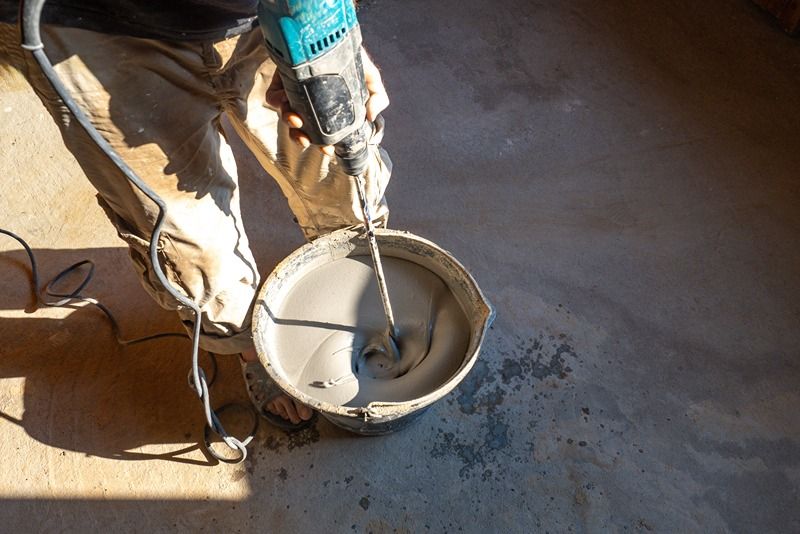
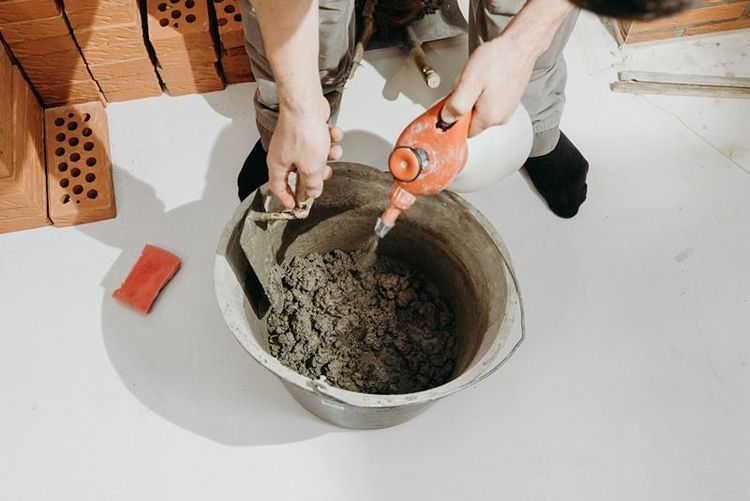
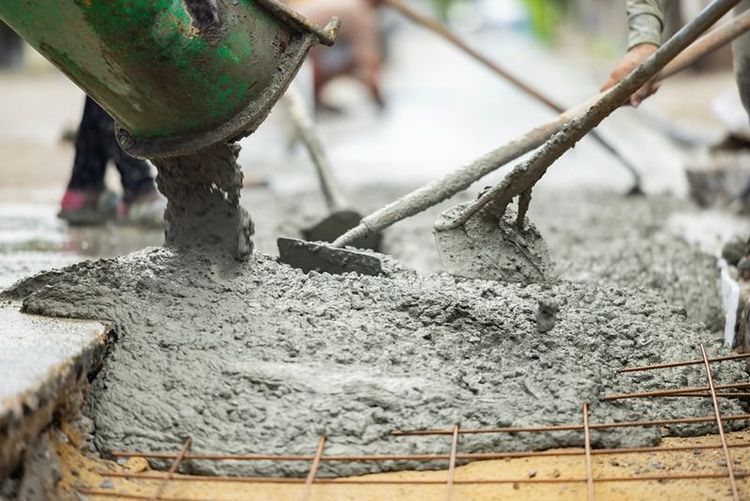
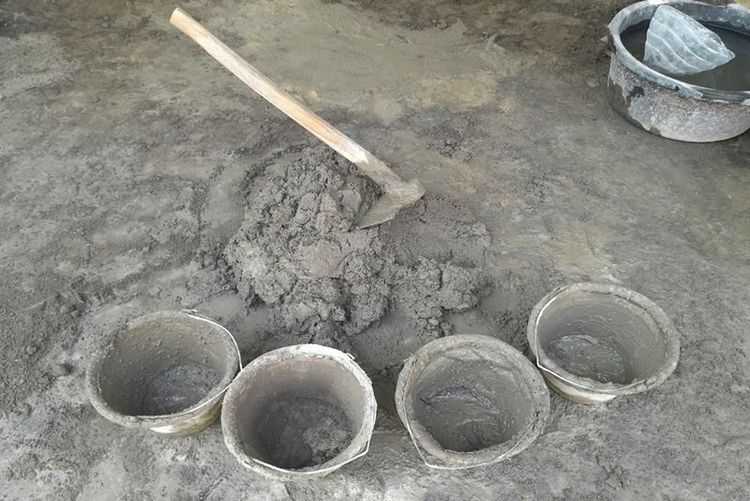
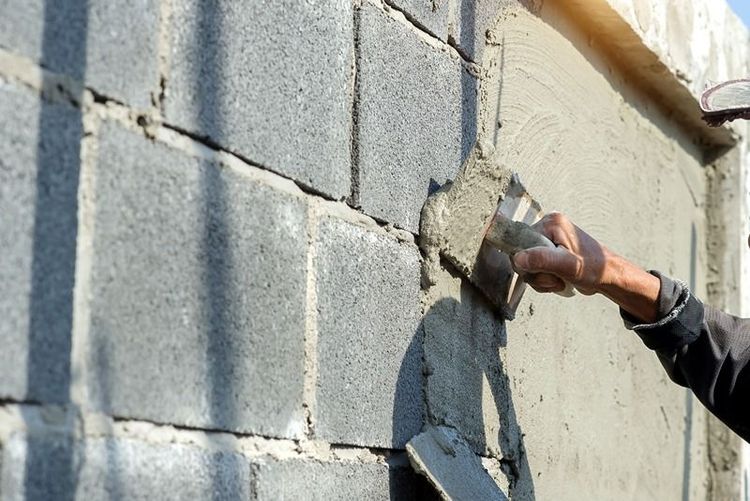


 +91 7208055523
+91 7208055523
 Help & support
Help & support
